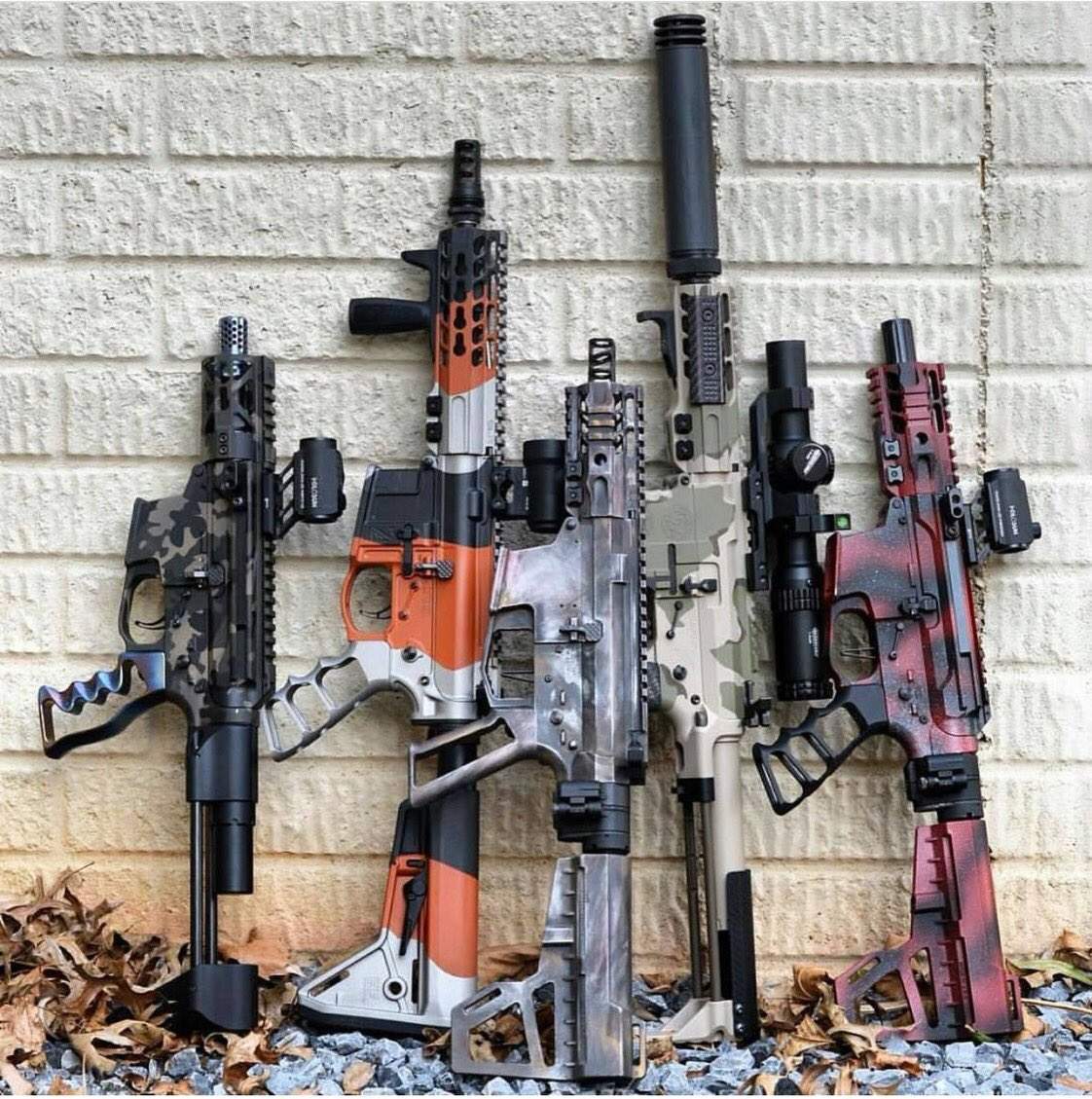
Global arms sales increased or the first time in five years hitting $374.8bn in 2016 amid rising geopolitical tensions.
The world’s 100 biggest weapons companies sold 1.9 percent more arms last year than they did in 2015, according to data published today by the Stockholm International Peace Research Institute (SIPRI).
The biggest weapons makers are also selling almost 40 percent more than they were 15 years ago.
The SIPRI report said:
The growth in arms sales was expected and was driven by the implementation of new national major weapon programs, ongoing military operations in several countries and persistent regional tensions that are leading to an increased demand for weapons.
South Korea’s arms sales are on the up
Arms companies in South Korea saw the largest increase on last year — up 20.6 percent to $8.4bn– compared to other so-called “emerging producers” based in Brazil, India and Turkey.
How well do you really know your competitors?
Access the most comprehensive Company Profiles on the market, powered by GlobalData. Save hours of research. Gain competitive edge.

Thank you!
Your download email will arrive shortly
Not ready to buy yet? Download a free sample
We are confident about the unique quality of our Company Profiles. However, we want you to make the most beneficial decision for your business, so we offer a free sample that you can download by submitting the below form
By GlobalDataSiemon Wezeman, a senior researcher at SIPRI said:
Continuing and rising threat perceptions drive South Korea’s acquisitions of military equipment, and it is increasingly turning to its own arms industry to supply its demand for weapons. At the same time, South Korea is aiming to realise its goal of becoming a major arms exporter.
The biggest threat to South Korea comes from North Korea, which continues to advance its nuclear programme.
Last week, South Korea’s president Moon Jae-in said that his country must achieve “overwhelming” military superiority over North Korea to maintain its own security.
US increases share of total arms sales
Arms sales of US companies rank highest in the SIPRI Top 100, up 4 percent in 2016 to more than $217bn, which is 58 percent of the global total.
Lockheed Martin, the world’s largest arms producer headquartered in Maryland, saw sales rise by 10.7 percent in 2016.
The company’s strong performance was helped by its acquisition of Sikorsky helicopters in 2015 and by increasing production of the F-35, the fifth-generation combat jet.
The US, with the world’s largest defence budget, has said it spent $45bn on aircraft and related systems and $27bn on shipbuilding and maritime systems this year.
Aude Fleurant, Director of SIPRI’s arms and military expenditure programme said:
With the acquisition of helicopter producer Sikorsky in late 2015 and higher delivery volumes of the F-35 combat aircraft, Lockheed Martin reported significant growth in its arms sales in 2016.
US and western companies dominate SIPRI’s list, accounting for 63 of the top 100 places.
Regional differences in Western Europe
There were divergences in the arms sales across the largest arms-producing countries — the UK, France, Italy and Germany.
French and Italian companies exported less weapons, while companies in the UK and Germany recorded overall increases in arms sales.
Despite Brexit, arms sales of British companies rose by 2 percent in 2016.
BAE Systems, the world’s fourth largest arms producer headquartered in Hampshire, saw sales increase 0.4 per cent on 2015.
Pieter Wezeman, a senior researcher at SIPRI said:
Germany’s 6.6 per cent increase in arms sales for 2016 is mainly due to the growth in sales of armoured vehicle producer Krauss-Maffei Wegmann (12.8 percent) and land systems producer Rheinmetall (13.3 percent). Both companies have benefited from demand for arms in Europe, the Middle East and South East Asia.
Russia’s arms sales slowdown
The combined arms sales of Russian companies listed in the SIPRI Top 100 increased by just 3.8 percent to $26.6bn in 2016, a slower expansion than in recent years.
The country has a 7.1 percent share of the global arms market.
“The major economic difficulties experienced by Russia in 2016 have contributed to a slowdown in the rate of increase in the arms sales of Russian companies,” according to Wezeman.
The highest ranked Russian company in the SIPRI Top 100 for 2016 at number 13 is the Moscow-based United Aircraft Corporation.
How about China?
Chinese companies aren’t included in SIPRI’s list because of a lack of data.
However, Chinese military spending increased almost threefold between 2002 and 2016, so at least nine or 10 Chinese companies would be in SIPRI’s top 100 rankings if figures were available, the institute said.
Cause for concern
Although the number of global conflicts decreased from 52 in 2015 to 49 in 2016, last year was still the fifth most violent since the end of the cold war, according to the Peace Research Institute in Oslo’s latest report.
“The trend…is concerning, as these conflicts, on average, last longer, are more violent, and are more difficult to solve.” the report found.
Rob Stallard, an analyst at Vertical Research, said that investor interest in defence companies would continue to grow as global weapons sales increase. He told clients last week:
The risk environment globally may not be as severe as at some points in the past, but it does seem to be heightened. The majority of countries do seem to be reacting to this with increased defence spending, which doesn’t appear to be waning anytime soon. So while defence multiples, at least in the US, may be at peak levels, we think they are justified.



